Fighting Back: Why FIDO2 and Windows Hello Are Game-Changers
The traditional username-password model, even when paired with MFA, isn’t enough to counter token theft. Here’s why modern authentication methods like FIDO2 and Windows Hello are the future:
Phishing Resistance
FIDO2 and Windows Hello rely on public-key cryptography. Authentication occurs locally on the device using biometrics or a hardware security key, and no credentials are transmitted over the network. This eliminates the risk of credential and token theft via phishing or MitM attacks.
Token Binding
FIDO2 and Windows Hello implement token binding, where the access token is tied to a specific device. Even if an attacker steals the token, it won’t work on another machine.
Passwordless Authentication
By removing passwords entirely, FIDO2 and Windows Hello eliminate one of the primary attack vectors. Without credentials to steal, attackers are forced to find other, less effective entry points.
Enhanced User Experience
These methods offer a seamless login experience. Users authenticate using their fingerprint, facial recognition, or a physical security key, reducing friction and encouraging adoption.
Compliance and Standards
FIDO2 is backed by the FIDO Alliance and supports industry standards like WebAuthn. It aligns with modern security frameworks, ensuring organisations meet regulatory requirements while improving security.














